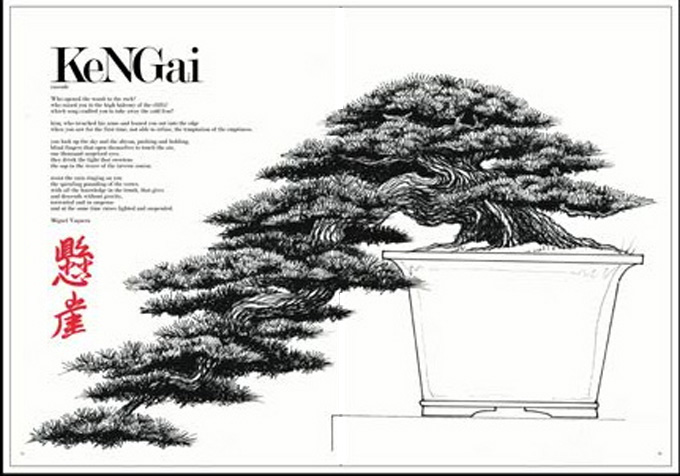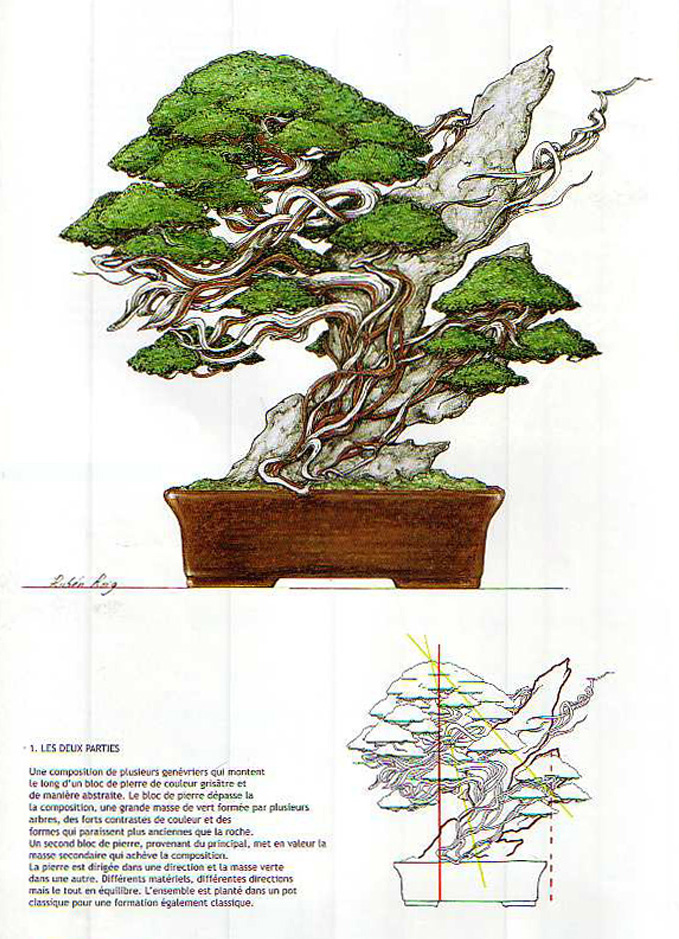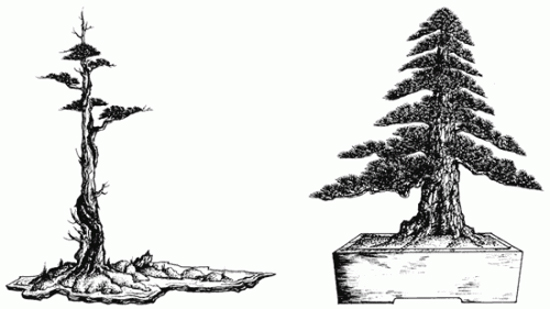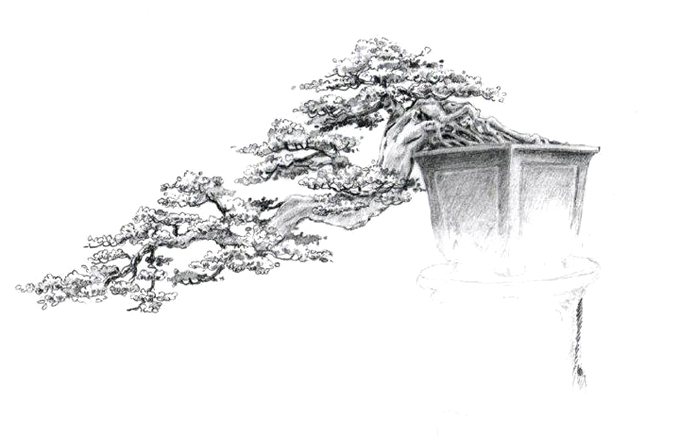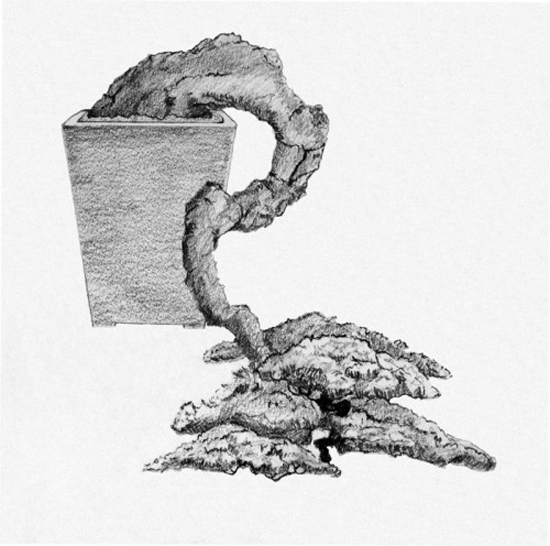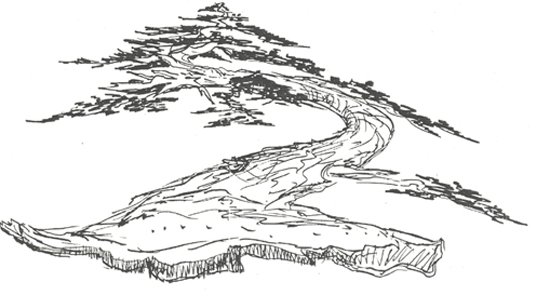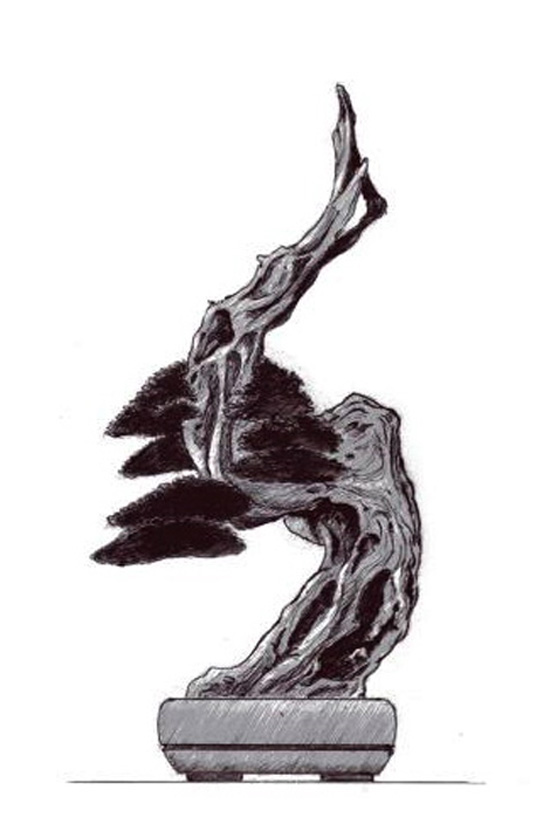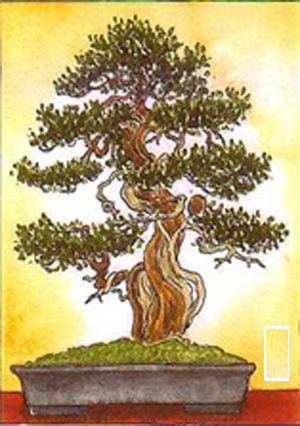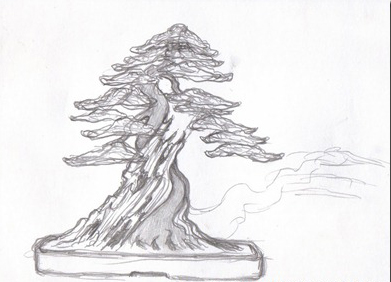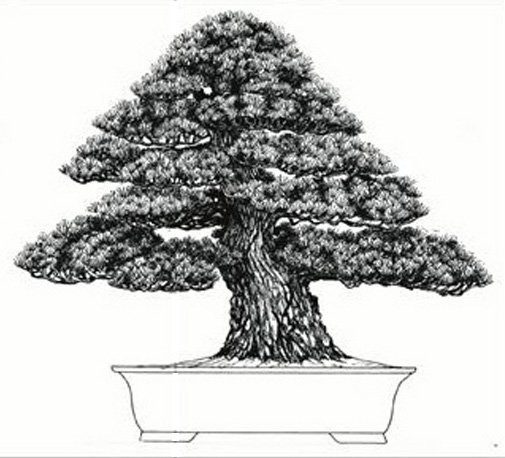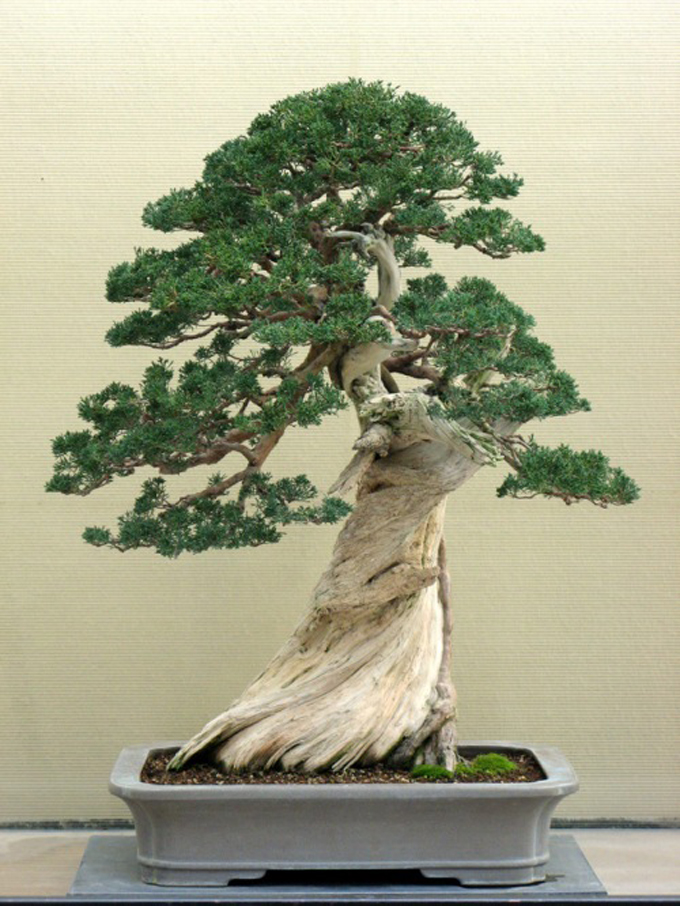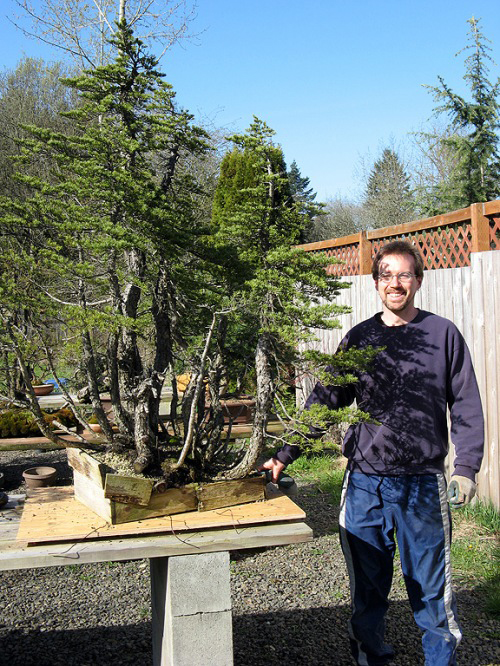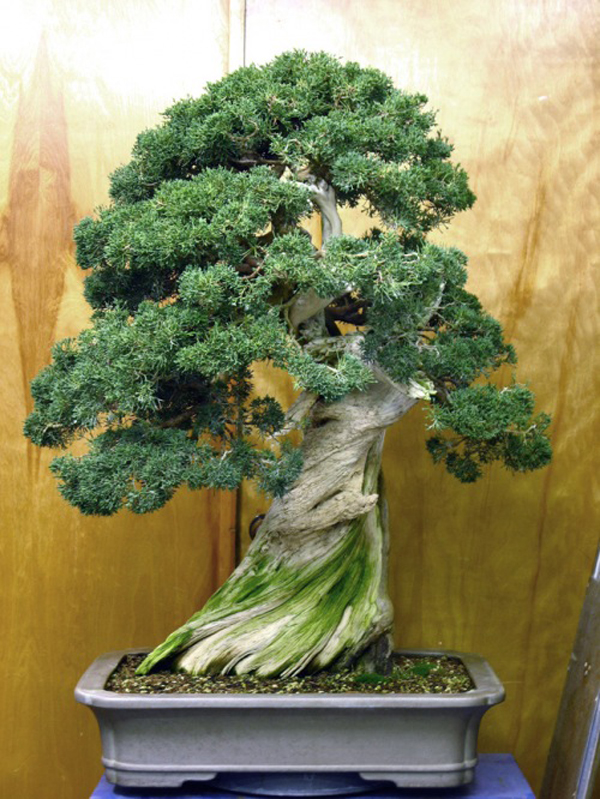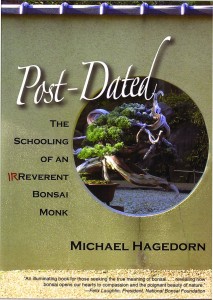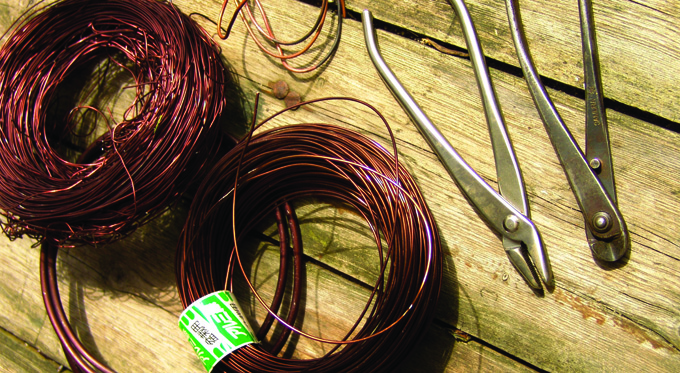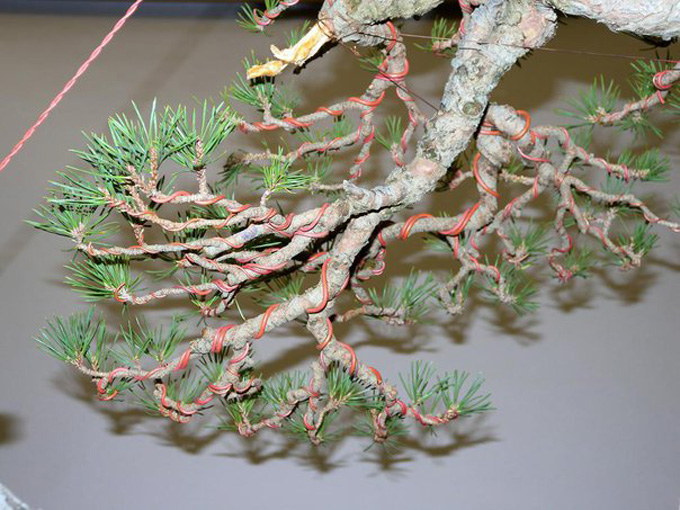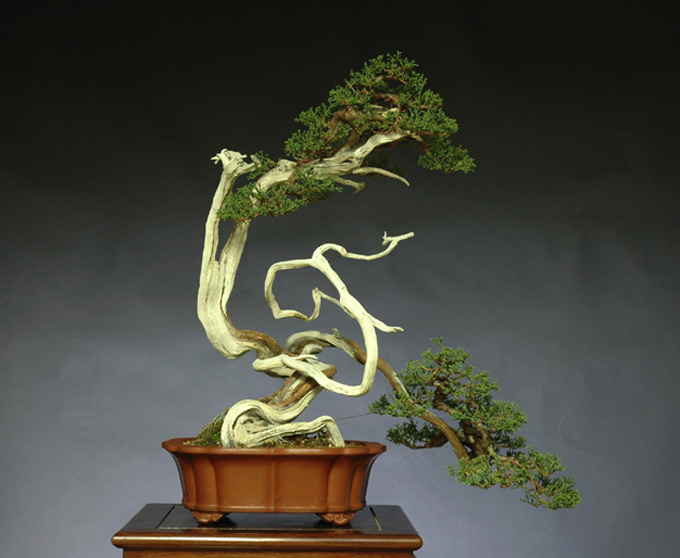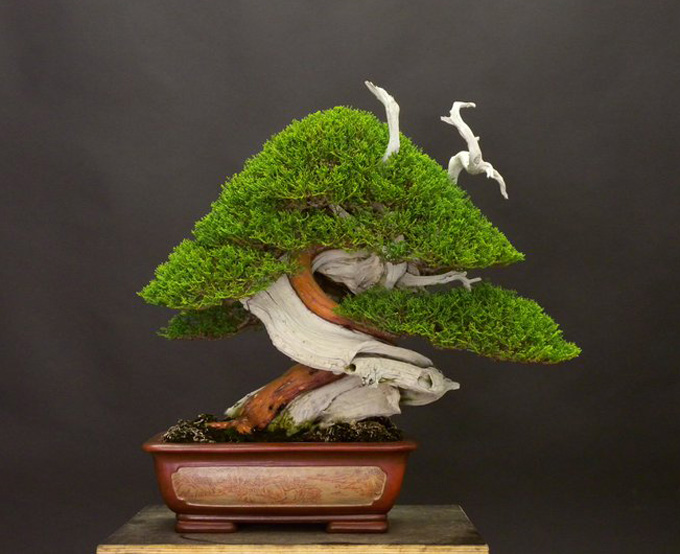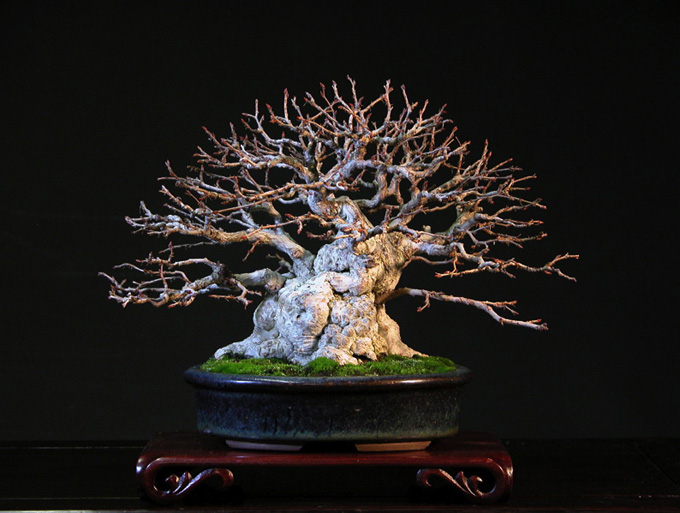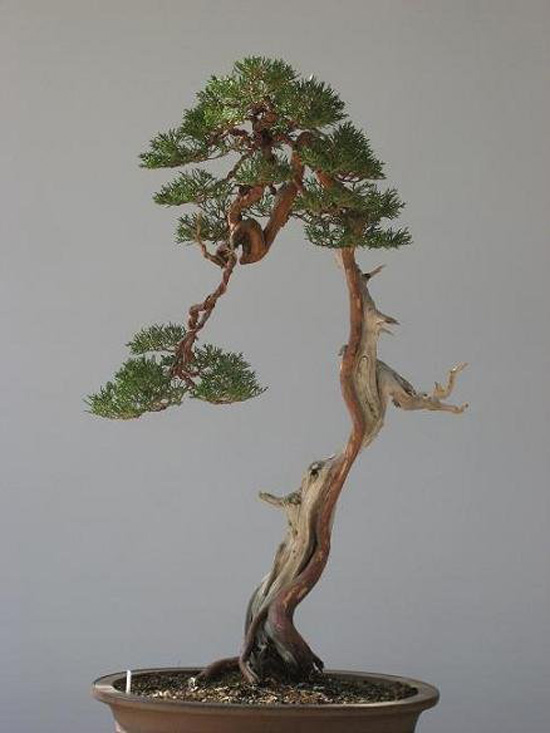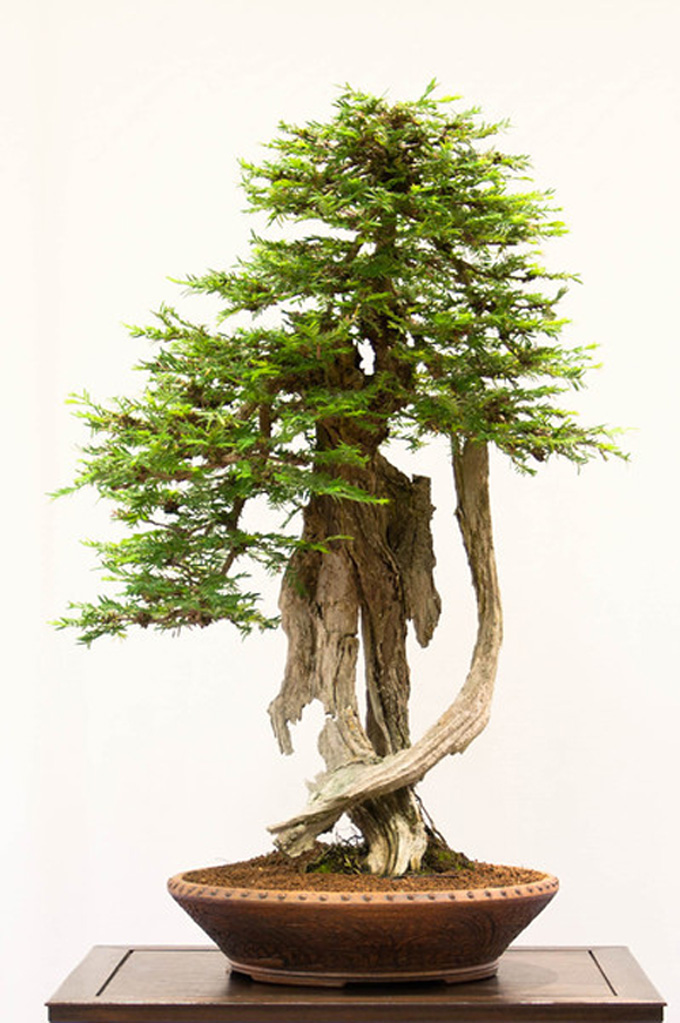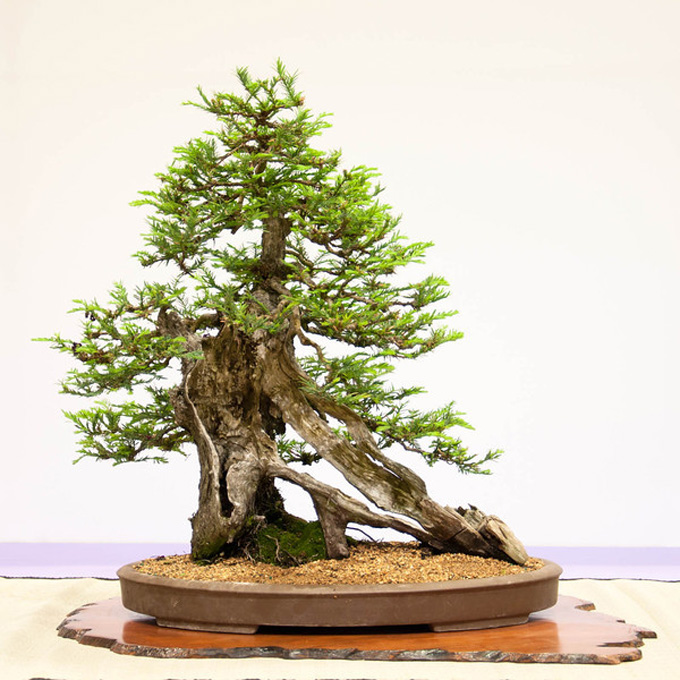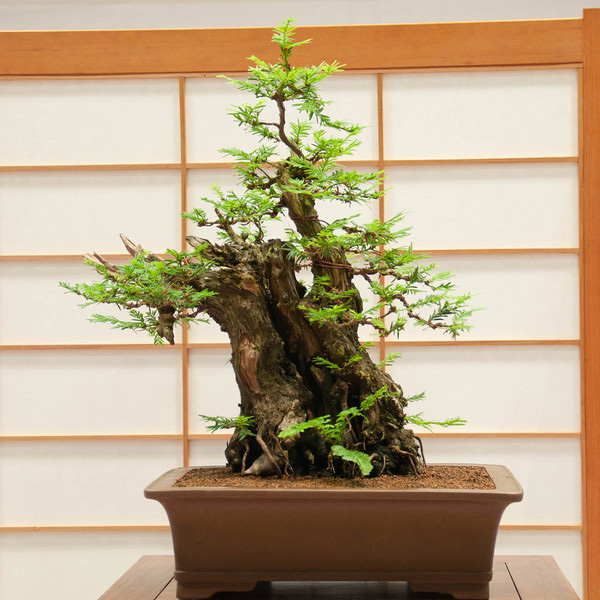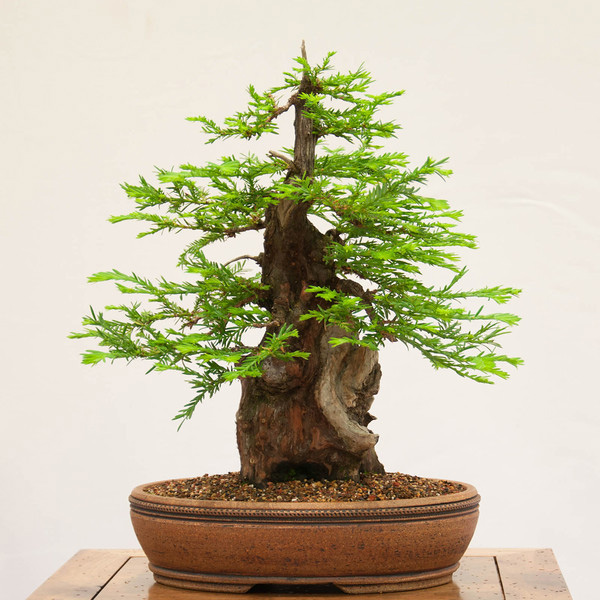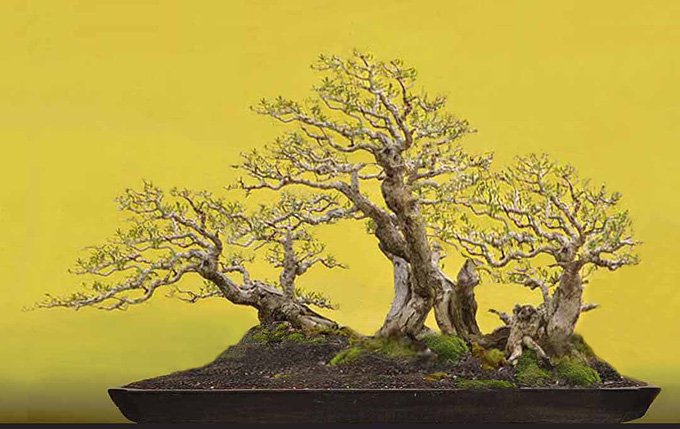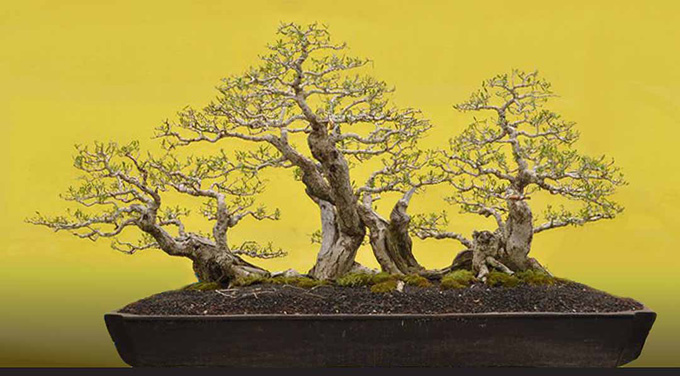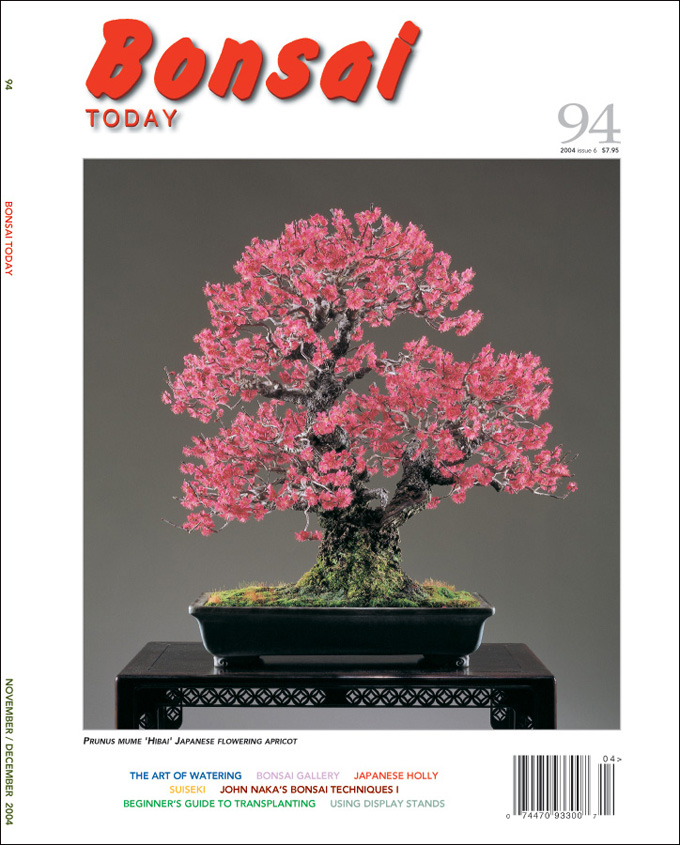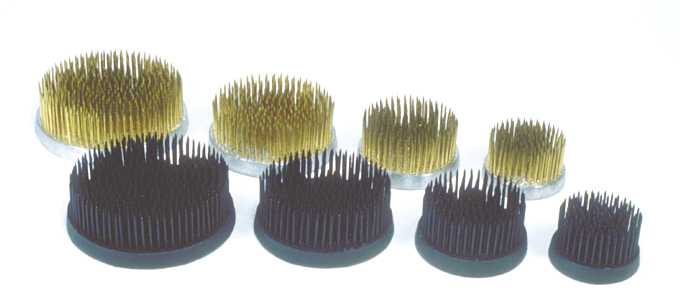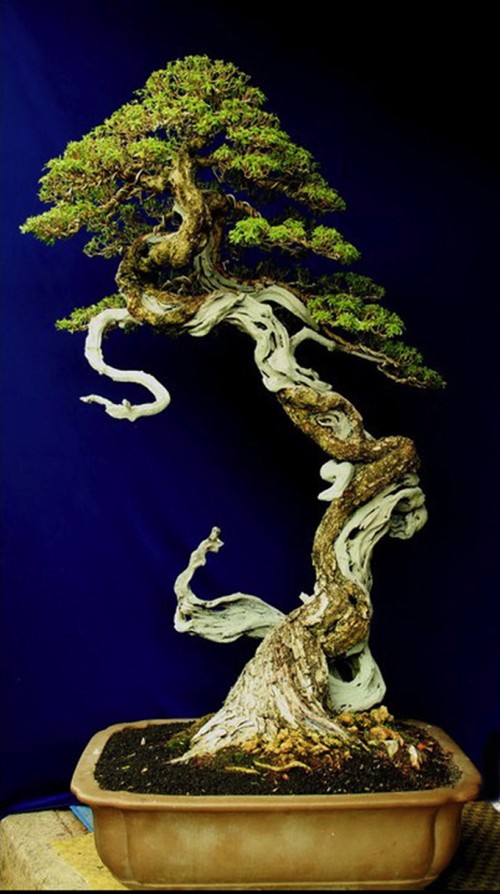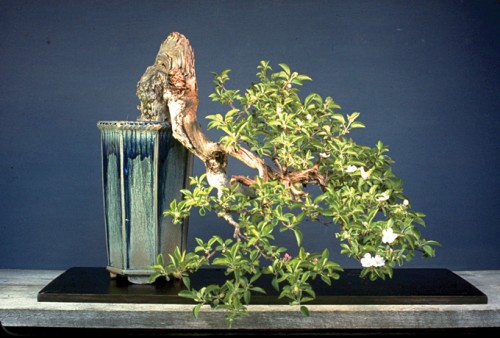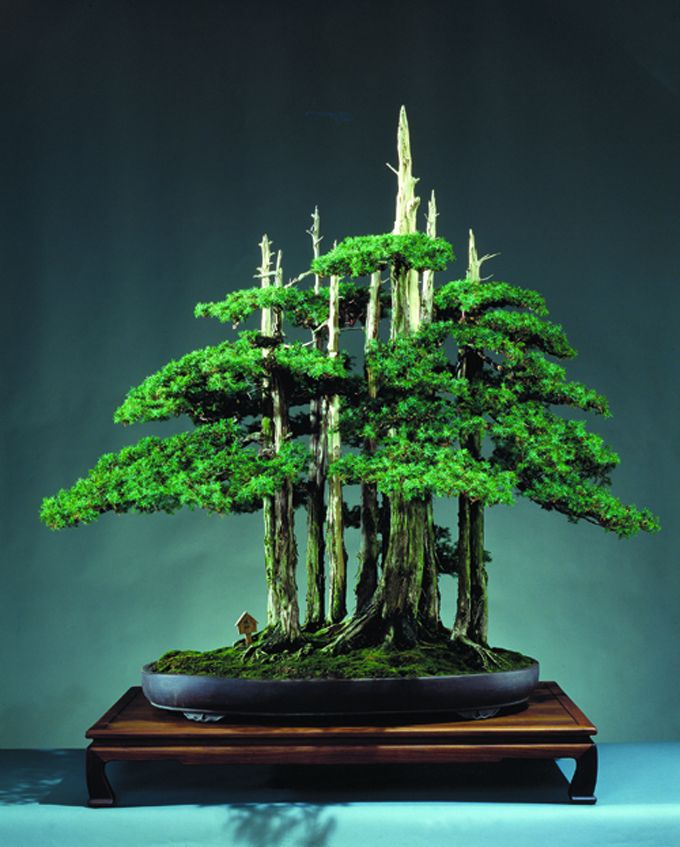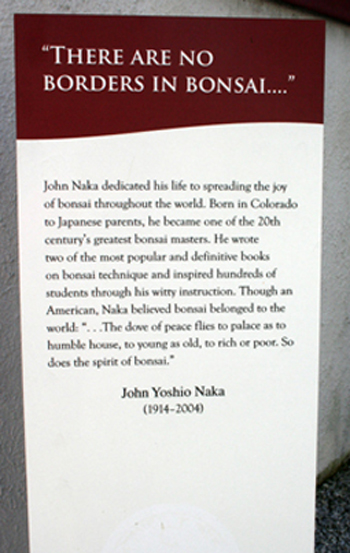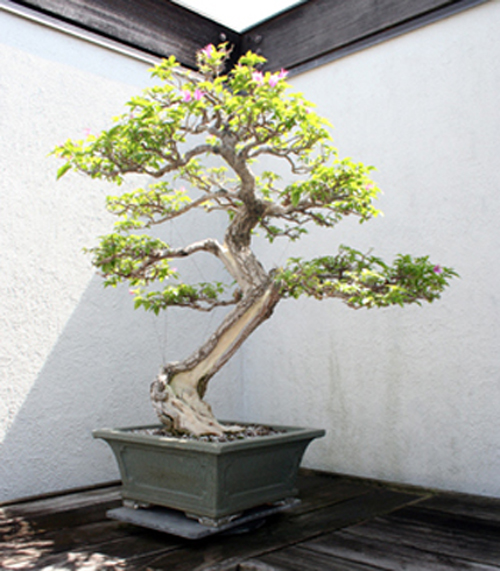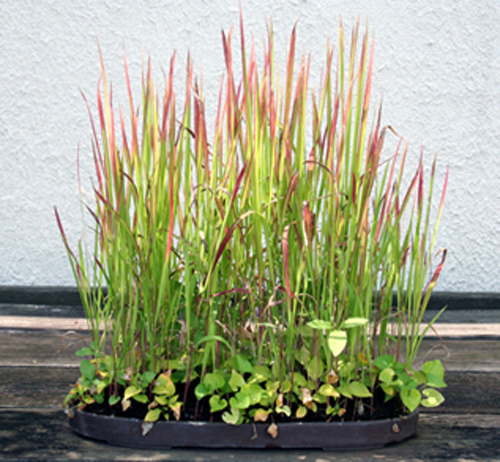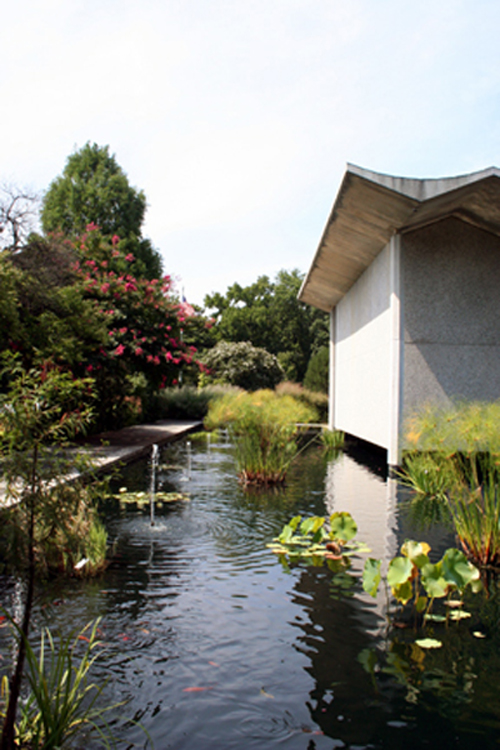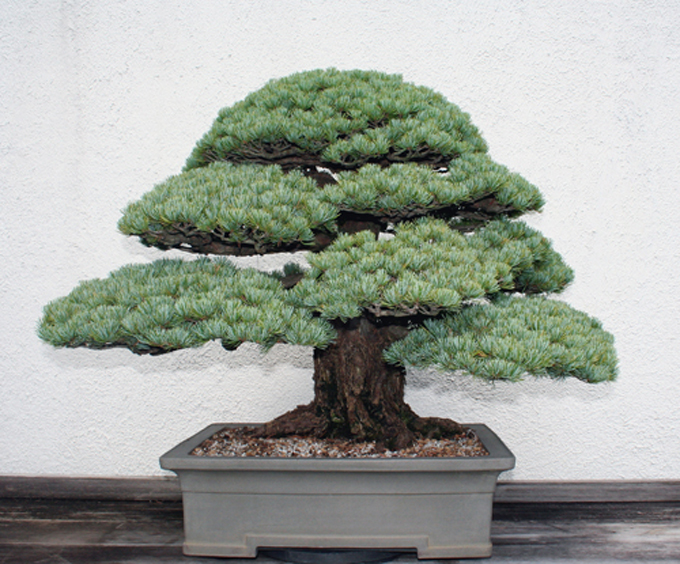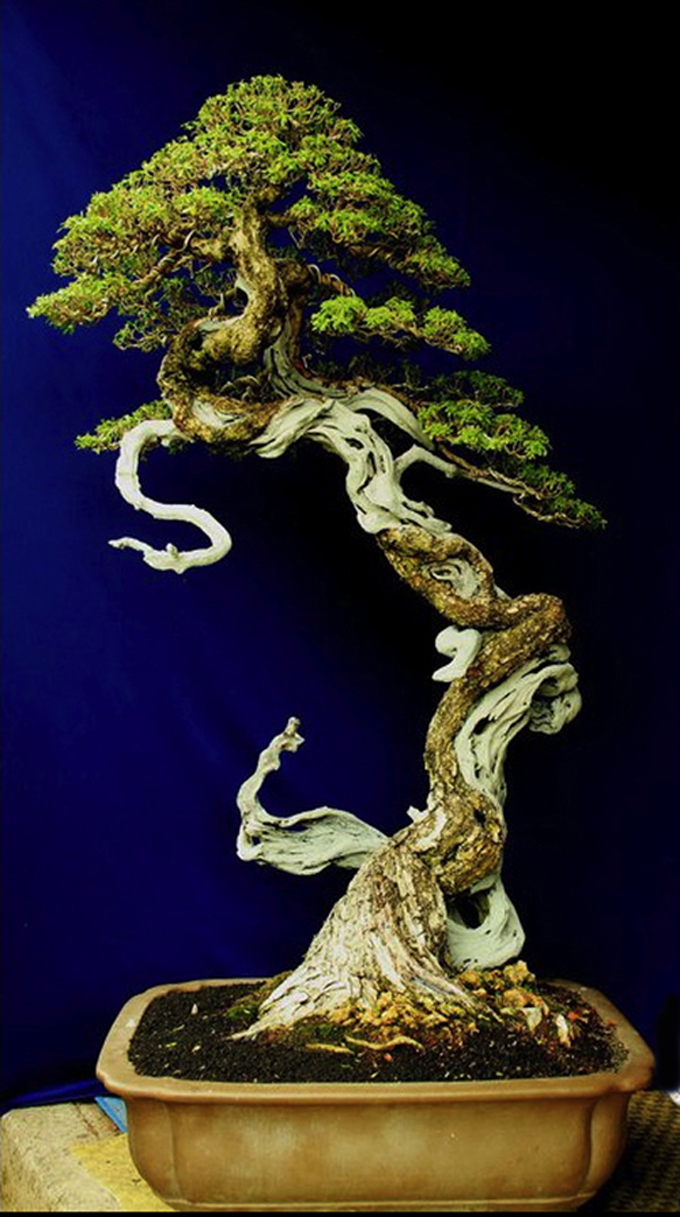 This is the tree that gave people the most trouble. You can blame facebook if you’d like (unattributed and mis-attributed bonsai abound in that crazy free-for-all world). We have Robert Steven to thanks for setting us straight on this one. It’s a Pemphis acidula and the artist is Adjie Christian.
This is the tree that gave people the most trouble. You can blame facebook if you’d like (unattributed and mis-attributed bonsai abound in that crazy free-for-all world). We have Robert Steven to thanks for setting us straight on this one. It’s a Pemphis acidula and the artist is Adjie Christian.
And the winner of our $100 Mystery Bonsai Contest is….
Master Bonsai Detective, Joe Rauscher. For his diligence, Joe will receive a $100 gift certificate to Stone Lantern (scroll down to the bottom for the correct answers).
A close second
Ferry Freriks was hot on Joe’s heels, so we’ve decided to give Ferry a $50.00 gift certificate for his equally impressive, but sadly a little slower detective work. There’s another egg-on-my-face story her: I missed Joe’s winning email and told Ferry he had won (in my defense I get about two trillion emails a day, but I won’t mention it because I’m no fan of lame excuses). So apologies to Ferry and I hope your second place gift helps with the disappointment.
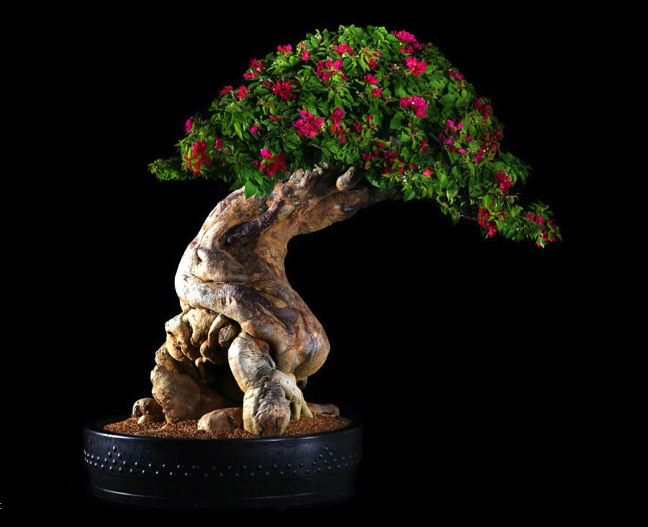 Some one labeled this Bougainvillea (by Nacho Marin) ‘Ficus’ on facebook, but both Joe and Ferry saw through that ruse.
Some one labeled this Bougainvillea (by Nacho Marin) ‘Ficus’ on facebook, but both Joe and Ferry saw through that ruse.
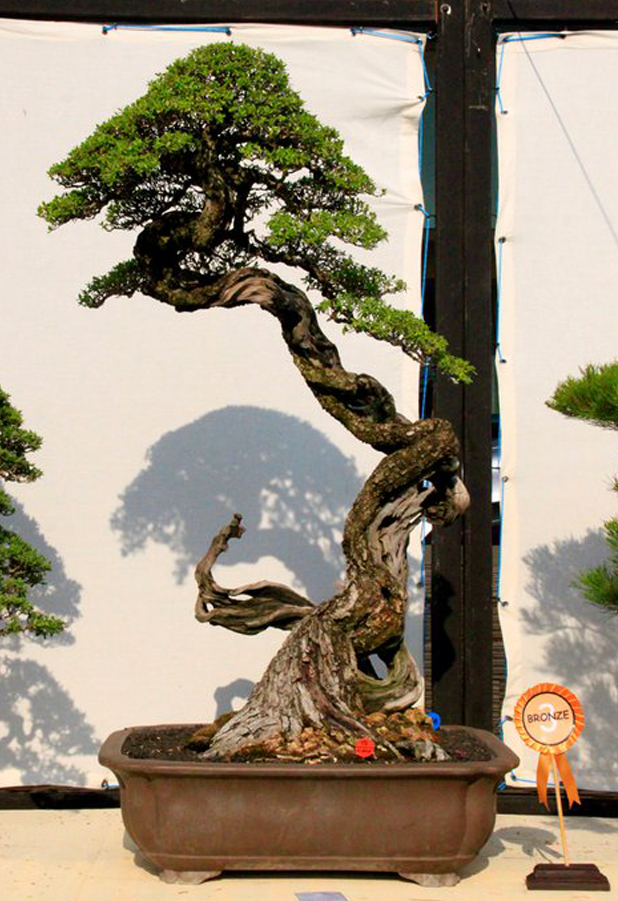 Here’s a later shot of the tree at the top of this post. You can tell it’s later, because….?
Here’s a later shot of the tree at the top of this post. You can tell it’s later, because….?
BTW: it’s with this photo is (on facebook) that Robert Steven correctly identifies the real artist.
Joe (and Ferry’s) correct answers
1) Juniperus chinensis, Silvia Kadasch
2) Rhododendron Indicum (Satsuki azalea), Andres Alvarez Iglesias
3) Bougainvillea Glabra, Nacho Marin
4) Juniperus Chinensis “Itogawa”, Carlos Vandervaart
5) Rhododendron Indicum (Satsuki azalea), Suthin Sukosolvisit
6) Pemphis acidula, Adjie Christian
